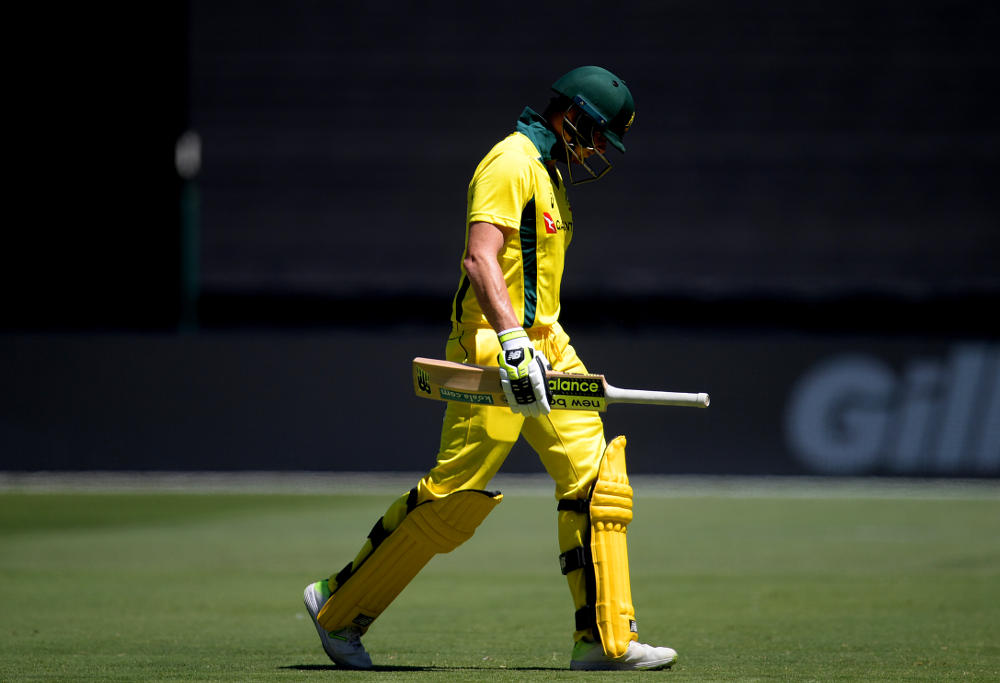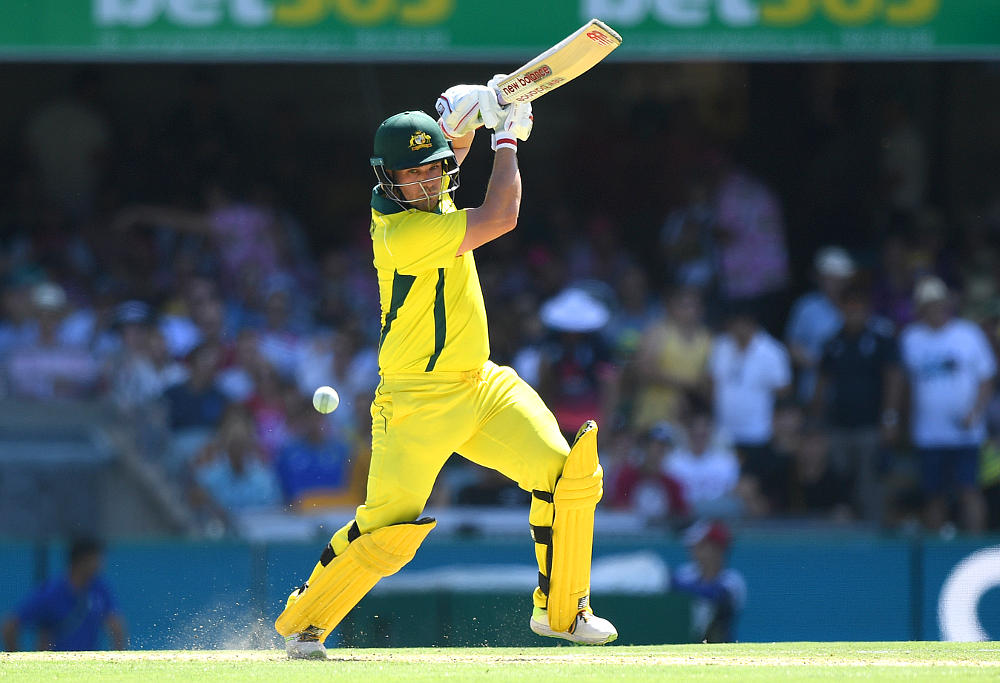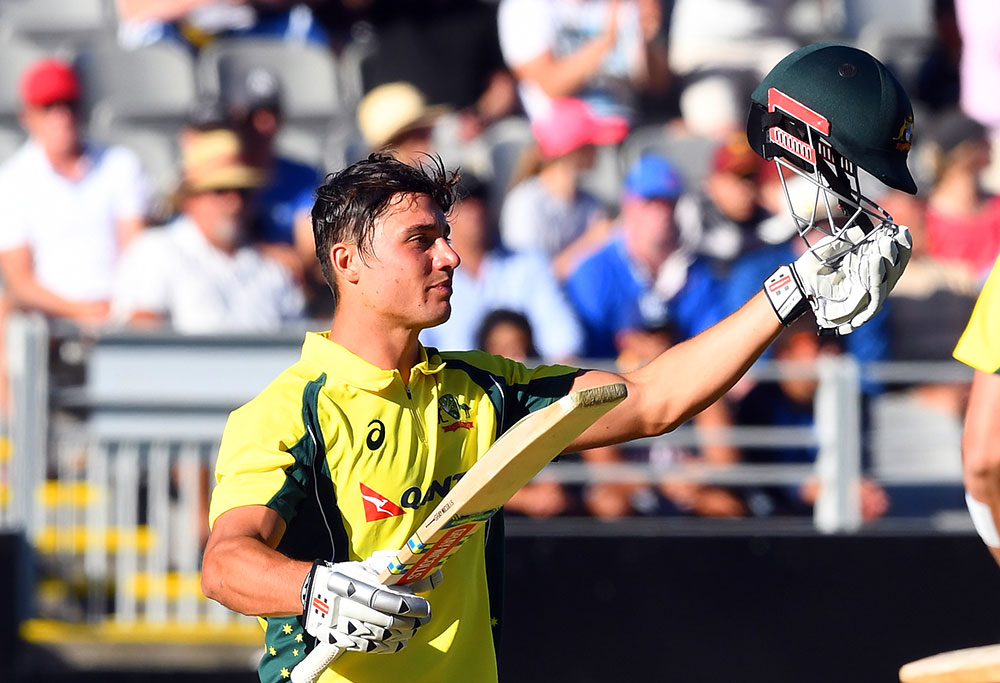Australia have lost 11 of their past 13 ODIs yet, as silly as it sounds, they are not that far from becoming an elite team once more – and England have given them the blueprint.
That’s not to minimise Australia’s struggles over the past 18 months in this format but rather to suggest it is poor tactics rather than a paucity of talent that is the major issue.
A lack of ability is a hurdle that cannot easily be overcome, whereas tactics can be changed and improved upon very swiftly. England are a perfect example of that, having improved monumentally as a 50-over team in the space of a few months in 2015 thanks to identifying their weaknesses and embracing a new gameplan.
The first step to rectifying any problem is admitting it exists, and Australia have done just that in the past fortnight, conceding that England exposed major holes in their approach.
Captain Steve Smith has acknowledged his side need to modernise their tactics, particularly in the batting department. Meanwhile, chairman of selectors Trevor Hohns has promised an “overhaul” and indicated they’d aim to become a more aggressive batting team.

(AAP Image/Tracey Nearmy)
It was such an overhaul by the English in the wake of their disastrous 2015 World Cup that allowed them to become the most attacking team in the 50-over format for the first time in their history.
Back in 2015, England had flopped spectacularly at the World Cup, which Australia won, failing to make it out of the group stage after being destroyed by Australia and New Zealand, and losing to both Bangladesh and Sri Lanka.
At that point, they had won just 14 of their past 40 ODIs. Similar to Australia at present, that team was being hindered by antiquated batting tactics. While the top teams were aiming for scores of 320-plus, England were happy to put 270 to 280 on the board.
Across that horror run, the Poms had been using in their top four the likes of Alastair Cook, Ian Bell, Gary Ballance and Jonathan Trott – batsmen who liked to accumulate.
After the World Cup, they brought in new coaches and plumped for power over caution.
The result was immediate. In their first match after that tournament, they made 9-408 – by far their highest-ever score in the format.

(AAP Image/Dave Hunt)
Australia need to follow the lead, and they’re now committed to doing so if Hohns and Smith are to be believed.
Whereas England had to make significant changes to the makeup of their XI back in 2015, Australia just need to be more flexible and empower their batsmen to take on the game.
David Warner, Aaron Finch, Marcus Stoinis, Mitchell Marsh and Glenn Maxwell are five fierce strikers of the ball. Add Smith to that group to play the anchor role, accumulating while others blaze, and you have the makings of a quality top-six.
What Australia need is to be willing to change their batting order significantly, depending on match situations, and back their players to be aggressive.
Maxwell is the key example on this latter point.
He was right to cop criticism for his lack of input with the bat in ODIs over the past year, but all too often – even when he’s in hot form – the Victorian gets lambasted by fans and put down by his skipper and coaches for batting in an extravagant manner.
England have accepted that the likes of Jason Roy and Jos Buttler will at times gift their wickets via reckless shots, knowing that when either of them have a day out they are matchwinners. We saw that in this recent series, with Roy and Buttler almost single-handedly winning England the first and third matches respectively.

(Mark Nolan/Getty Images)
Australia need to have similar faith in and patience with the likes of Maxwell, Marsh and Stoinis. That trio should be encouraged to take on the bowlers when it is reasonable to do so rather than dragged over hot coals when that aggression doesn’t pay off.
The Aussies’ batting gameplan has been far too conservative over the past 18 months, with a heavy emphasis on consolidating in the middle overs and protecting wickets in readiness for a late flourish. They have been scared to fail rather than batting without fear, as England seem able to do.
Perhaps Australia won’t be able to execute the England approach nearly as well as the Poms do, but they need to trial it this year in preparation for the 2019 World Cup, which is 18 months away.
On the occasions this hyper-attacking approach backfires, all of those aforementioned six batsmen – bar Maxwell – are capable of rebuilding a faltering innings, as they’ve shown already. Now it’s up to Smith and Australia’s coaches to back their batsmen, and be more flexible in how they’re deployed.
If Australia find themselves, say, 3-60, it should be Tim Paine, not Maxwell, who is sent to the crease. When consolidation is the priority, it makes sense to send out a steady batsman rather than a blaster.

(AAP Image/SNPA, Ross Setford)
On the other hand, if Australia’s openers get off to a great start with a big partnership, they should leave accumulator Smith in the sheds and promote Maxwell with a licence to explode. This kind of flexibility has been badly lacking.
For a clear example, you need only look back as far as India in October. In the fourth match, Australia’s openers put on a mammoth stand of 231. When the first wicket fell, with 15 overs remaining, the tourists were within reach of making 400. It was the perfect scenario to send out your most explosive hitter – Stoinis in this case – and instruct them to tee off.
Instead, the next three batsmen Australia sent out were accumulators in Travis Head, Smith and Peter Handscomb.
That trio could muster only 75 from 73 balls in these late overs, striking just five boundaries between them. When finally Stoinis arrived, there were only three overs left. He sprinted to 15 from nine balls, but that could potentially have been 60 from 40 balls – like Stoinis made in the first ODI against England – if he had been given sufficient time.
In the end, Australia made only 5-334 when a score of 380-plus was there for the taking.
If Australia are more flexible with their order and if they unshackle their biggest hitters, they have the collective ability to start churning out some massive totals.

































































































